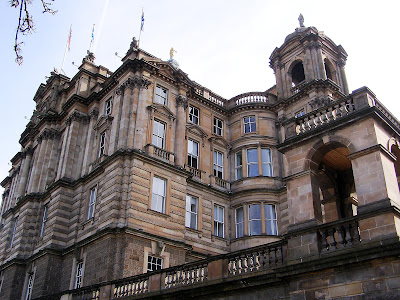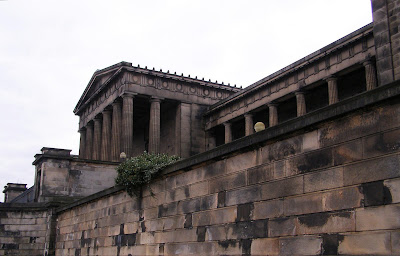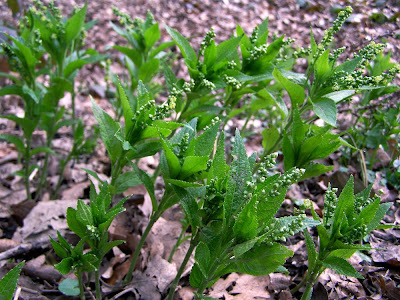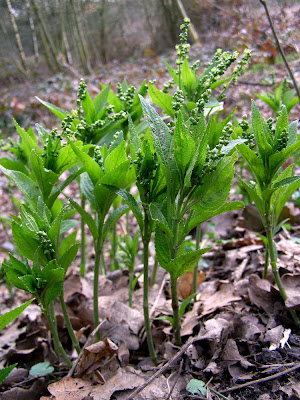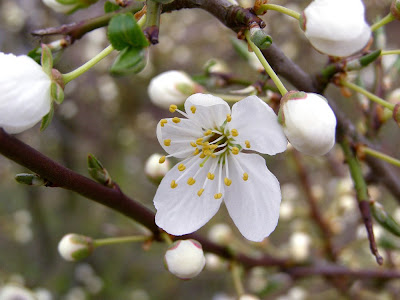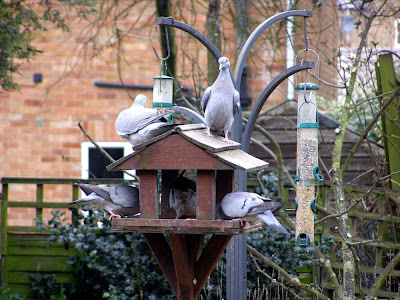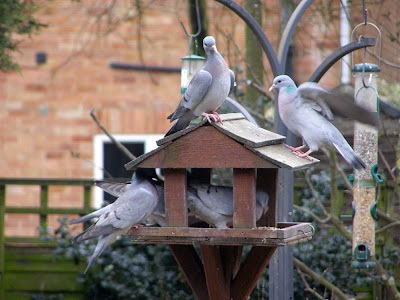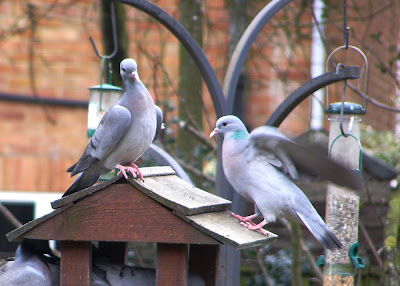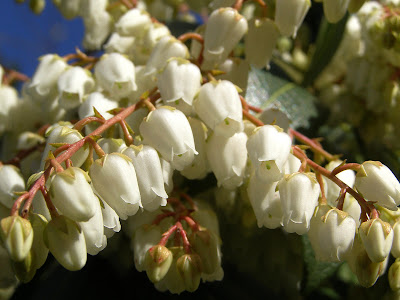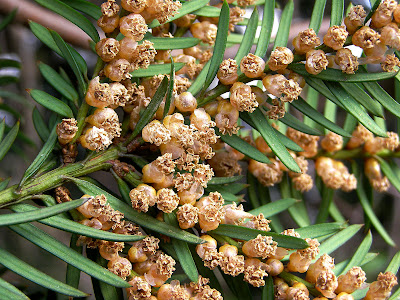Malcolm and I had a lovely walk around Shipley hill this morning. Once again, the skies were blue and the sun shone on us as we picked our way through the woodland atop the hill. Here, the old water tower which once provided water to the Hall and it's gardens is standing proud in the sun. I believe it is up for sale if you have a spare half million to spend!
Looking down the hill towards Mapperley, we look through what is known as Horsepool Woods and the sight of shoots beginning to burst from almost all the trees and shrubs.
Polypore fungi cover the stumps of long-felled Beech trees which, in turn provide feeding platforms for birds and squirrels.
Amid the trees which surround the old Hall, many are in flower at the moment. Pieris, Maple and Yew trees to name a few. But some of the most colourful flowers are those which belong to the Mahonia shrubs.
Commonly known as Oregon Grapes, they get this name from their bunches of purple berries which resemble grapes. The leaves could make you think these plants are related to Holly trees, but this is simply a coincidence. They are in fact, related to the Berberis family and are part of the Ranunculales order - which includes Buttercups of all things!
The drifts of Snowdrops beneath the trees are beginning to make way for stands of Daffodils now. Small bunches of Daffodils are opening their flowers to the sun, glowing with a butter-yellow glow in the shade of the woodland floor.
It was very windy this morning and the roar of the wind through the still bare branches of the trees was a little disconcerting at times. The number of twigs which had clearly fallen and littered the ground, did little to allay such thoughts. But the Daff's looked beautiful as they nodded in the breeze.

